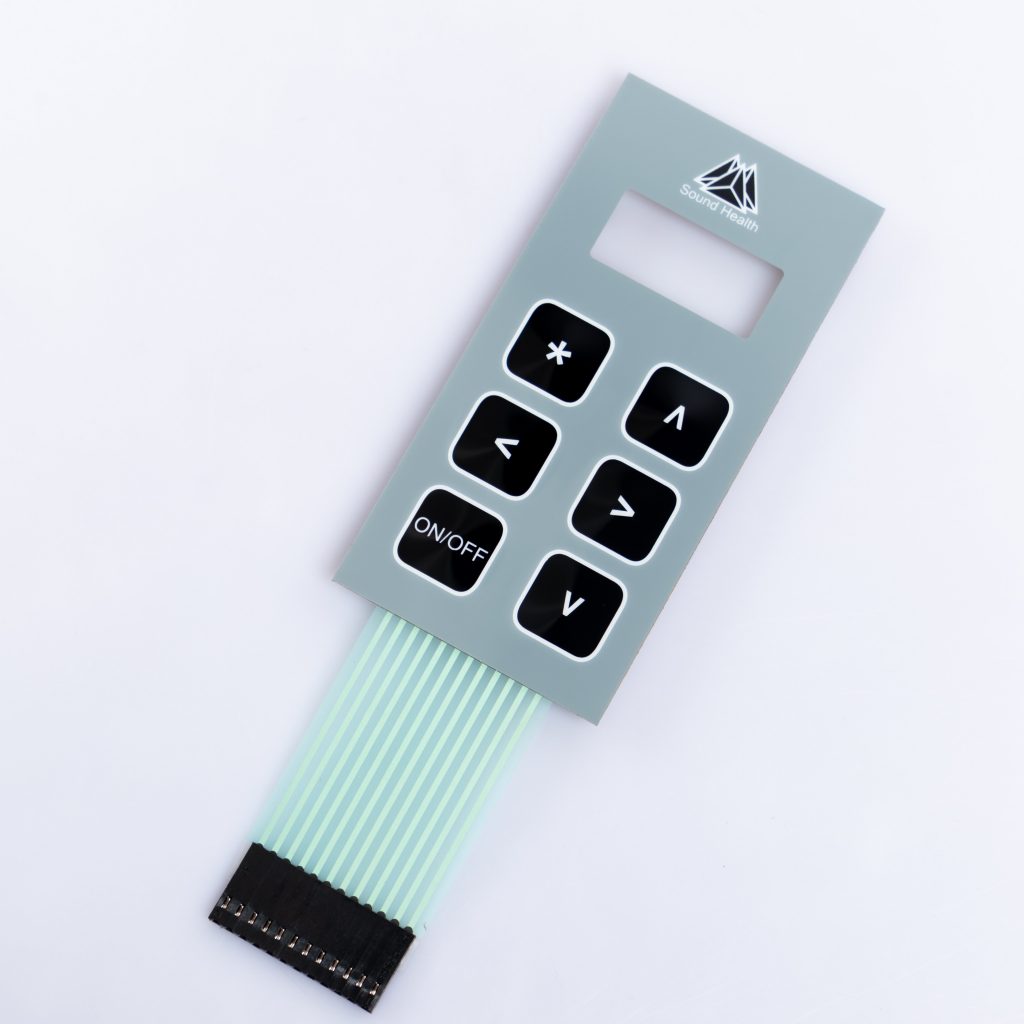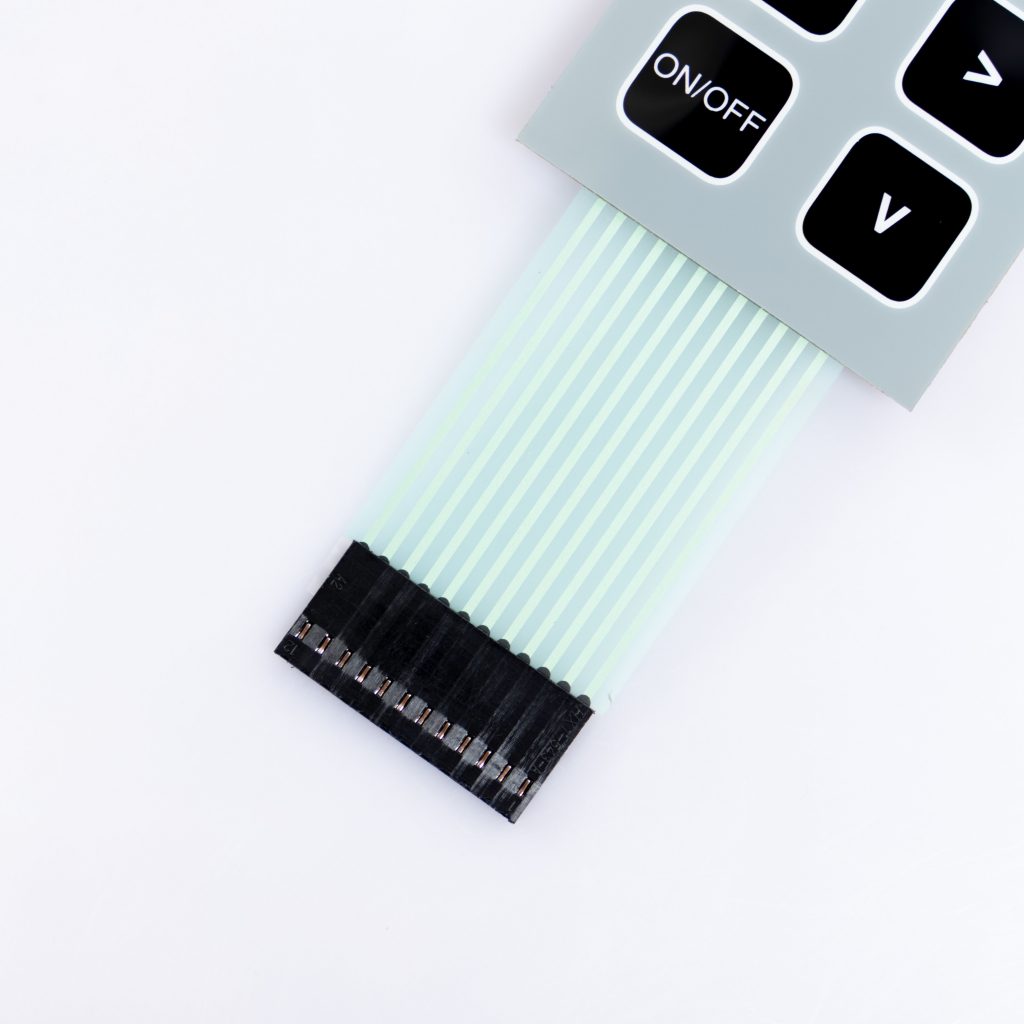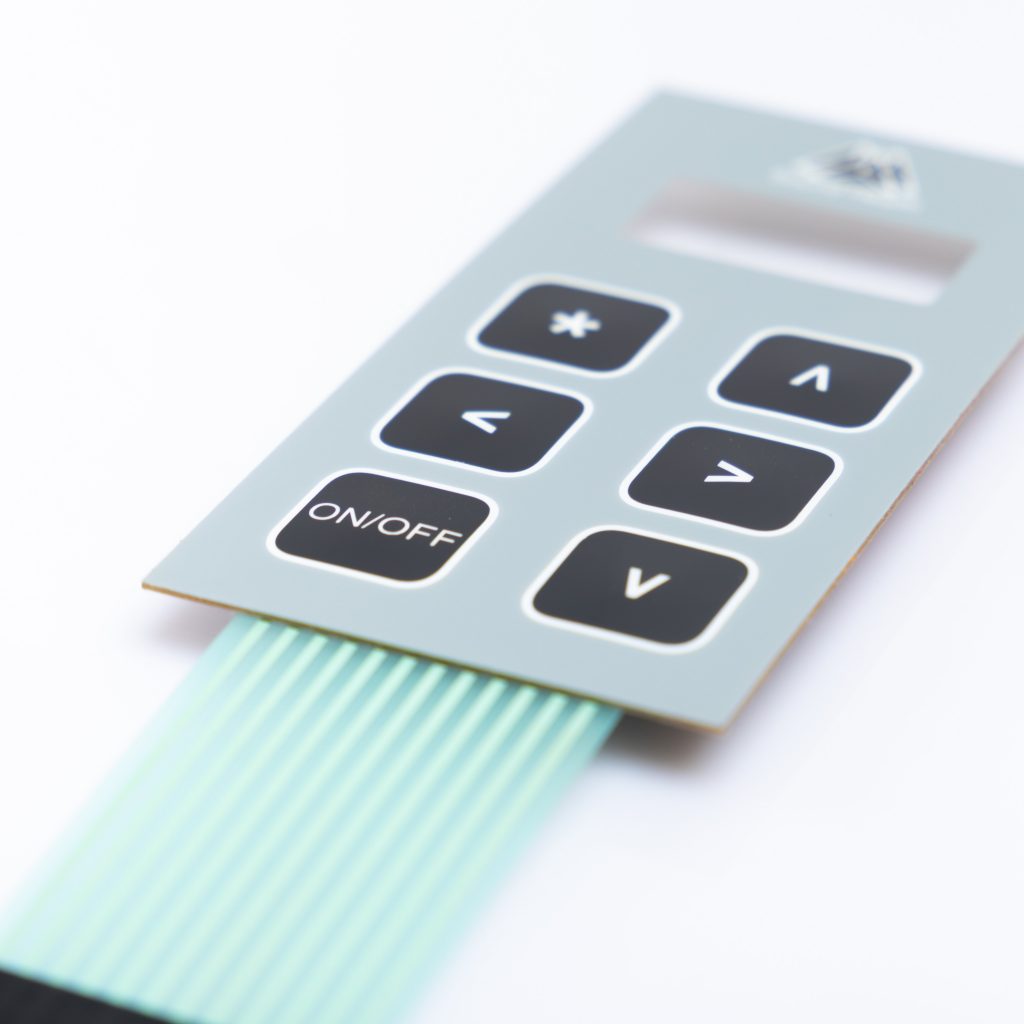Contact
Write to Us And We Would Be Happy to Advise You.
Do you have any questions, or would you like to speak directly with a representative?
By hqt
In the world of human-machine interfaces, membrane switches have carved out a niche for themselves, thanks to their versatility, durability, and cost-effectiveness. Among the various innovations in this field, membrane switches with embossed keys stand out for their enhanced tactile feedback and aesthetic appeal. But what exactly are these embossed keys, and why are they so crucial in the design of membrane switches? This article delves into the intricacies of membrane switches with embossed keys, exploring their structure, functionality, and applications.



Membrane switches are a type of user interface that allows users to communicate with electronic devices. They are commonly found in everything from household appliances to industrial machinery, offering a compact and efficient means of input. These switches are typically composed of several layers, including a graphic overlay, adhesive, spacer, and circuit layers. The design is thin, flexible, and often sealed to protect against environmental factors such as moisture and dust.
Embossed keys are a feature that elevates the usability and functionality of membrane switches. By adding a raised surface to the keys, designers can provide users with tactile feedback, making it easier to identify and press the correct keys without having to look directly at the interface. This feature is particularly useful in low-light environments or in applications where quick, precise inputs are required.
A membrane switch is a low-profile, flexible electrical device that is used to turn a circuit on or off. It typically consists of several layers, including a graphic overlay, a printed circuit layer, and a spacer that creates an air gap between the switch and the circuit. When a user presses a key on the membrane switch, the circuit is completed, sending a signal to the connected device.
Flat membrane switches are the most basic type, featuring a smooth surface with printed graphics to indicate the keys. These switches are cost-effective and easy to produce but lack the tactile feedback provided by more advanced designs.
Tactile membrane switches include a dome or other mechanism beneath each key that provides a physical sensation when pressed. This tactile feedback is essential in many applications, as it ensures that the user knows when a key has been successfully activated.
Membrane switches are used in a wide range of applications, including medical devices, industrial control panels, consumer electronics, and household appliances. Their versatility, combined with their ability to be customized with different overlays, LEDs, and key configurations, makes them an ideal choice for many industries.
Embossed keys are keys on a membrane switch that have been raised or contoured to provide tactile feedback. This embossing can take various forms, from simple raised edges to complex shapes that enhance the user experience by making the keys easier to locate and press.
Pillow embossing creates a soft, rounded shape on the keys, making them comfortable to press and providing a gentle tactile response.
Rim embossing raises only the edges of the keys, creating a defined border that helps users identify the key boundaries without looking.
Dome embossing forms a convex shape over the entire key area, offering a distinct tactile sensation when pressed. This type of embossing is often used in applications where precise input is critical.
Embossed keys offer several advantages, including improved user experience, better accuracy in key presses, and enhanced aesthetic appeal. The tactile feedback provided by embossed keys can also reduce input errors, making these switches particularly useful in applications where precision is crucial.
Do you have any questions, or would you like to speak directly with a representative?